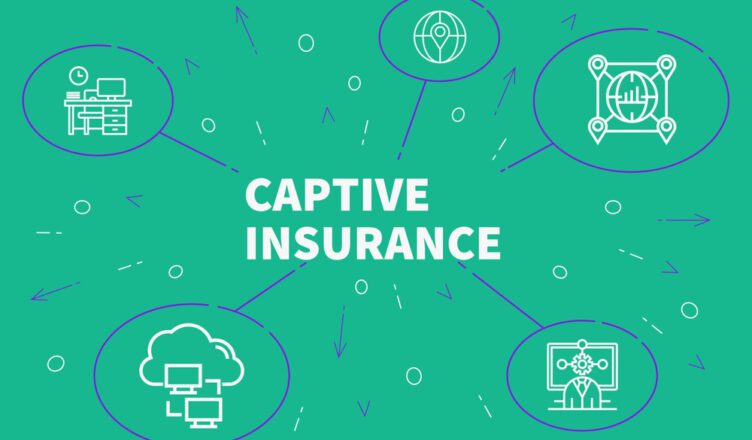Businesses, large or small, have specific traits, resources, and needs. No business is the exact same, so when needing insurance, it is often difficult for third-party insurance companies to be able to offer a specific package for every business. This is why captive insurance has been in practice for decades. Captive insurance is an insurance company owned by the insured and is often known as a type of corporate self-insurance.
How it Works
It all may be a little difficult to understand in the beginning, but in practice, it is fairly simple. Since captive insurance companies are owned by the company itself, the parent company would essentially pay premiums to the captive insurance company. The parent company would then be able to deduct those premiums from their taxes, which could be hugely beneficial in places with high tax jurisdictions.
Risk Distribution
When insureds are in a captive, including group captives, they are putting their own capital at risk by not working through the normal channels of business insurance. There is usually a regulatory environment within traditional insurance companies to help protect the insured and the insurer. However, since traditional insurance is not always available and the businesses may be looking for broader coverage, more stability in pricing, and improved cash flow.

Benefits of the Captive
One of the greatest benefits of a parent company owning a captive is for the tax benefits. Business owners may convert risks into tax-deductible premiums, as mentioned above, to the captive. Additionally, by owning a captive, the business is able to avoid losses in profitability when paying standard insurance companies. By doing this, captives can more easily mitigate risks.
If your business is looking for a better asset protection tool, try considering a captive or joining a captive. This will help you significantly in estate planning and asset protection in the future.

